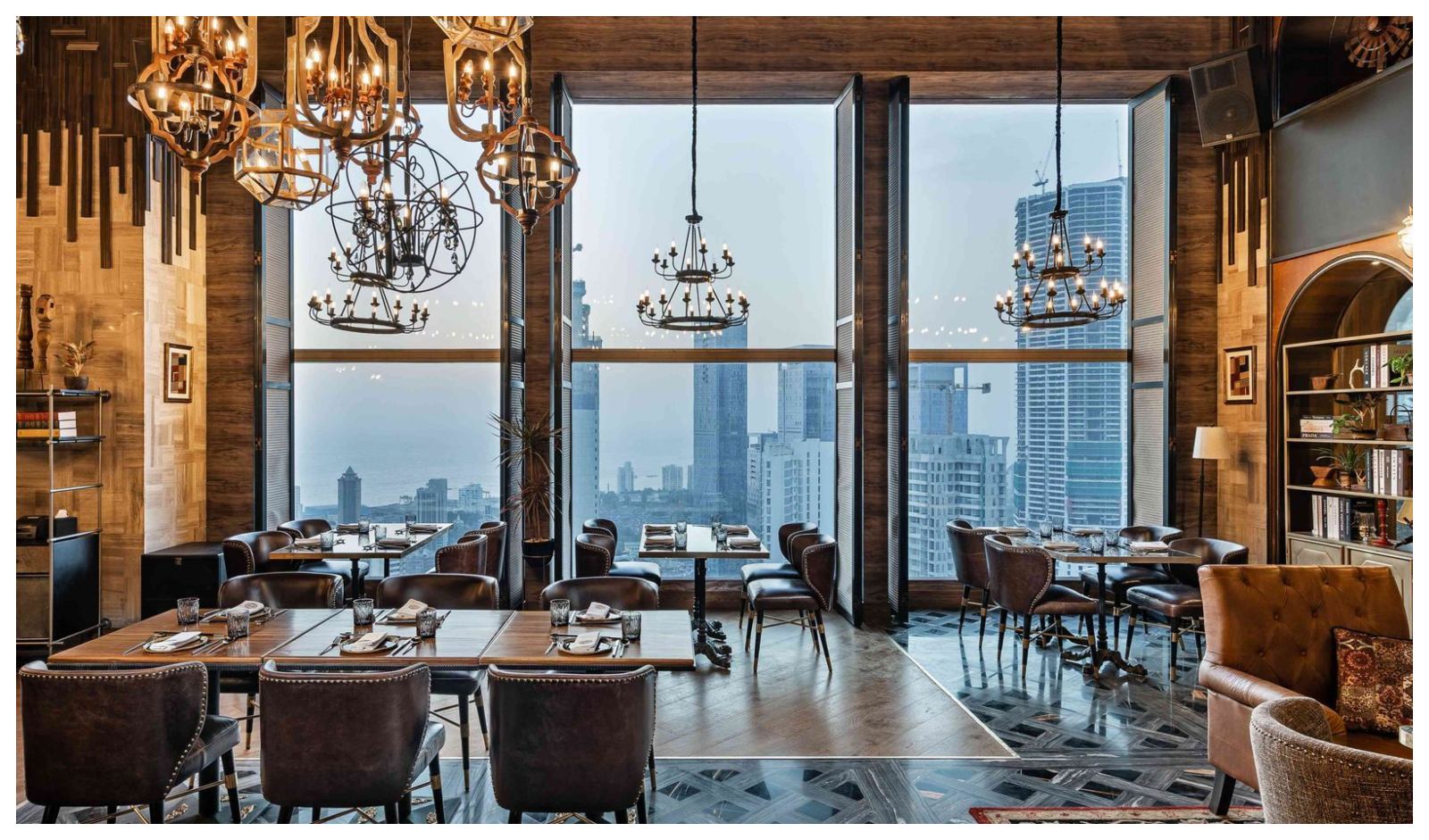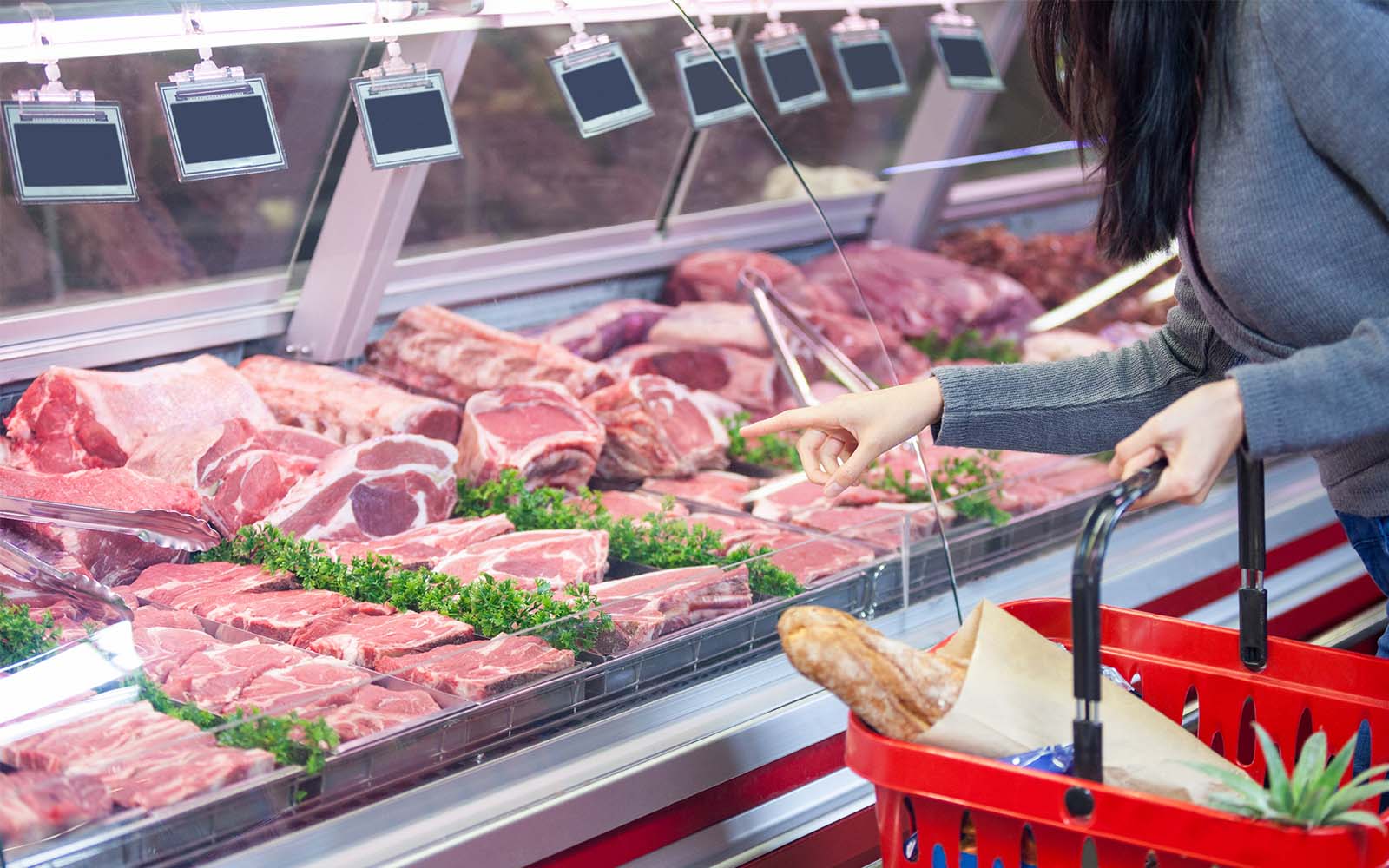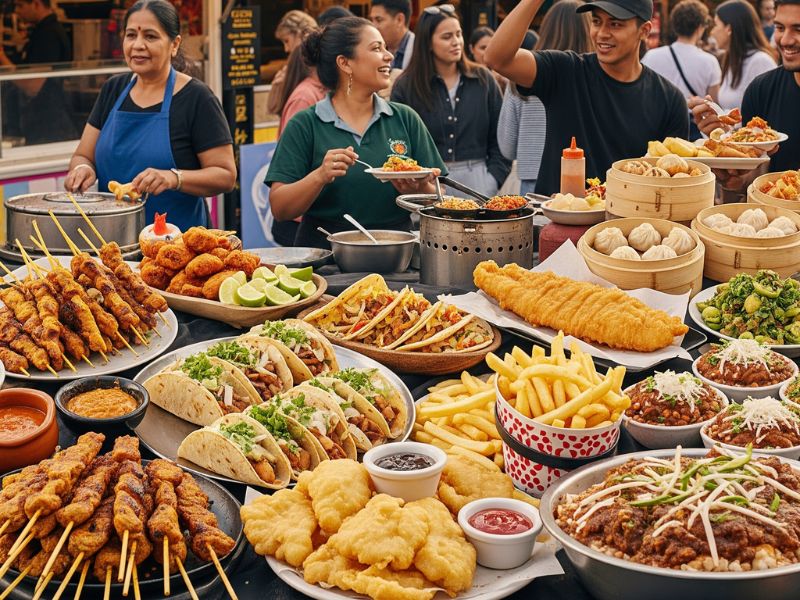Restaurants have always reflected the times, shifting alongside cultural values, economic conditions, and technological advances. The restaurant sector has seen constant change, from the modest taverns that catered to travellers centuries ago to the immersive eating places of contemporary times. The rapid changes in dining trends mean the restaurant near you is likely embracing technology, sustainability, and design to meet modern expectations. Exploring how restaurants have transformed offers insight into why they remain such vital parts of our social and cultural fabric.
From Necessity To Experience
In their earliest forms, restaurants were primarily functional spaces. Inns and taverns offered food and drink to those in need of sustenance while travelling. The focus was survival and convenience, not atmosphere or creativity. Over time, however, dining began to shift from a necessity to an experience.
In the 20th century, restaurants increasingly emphasised hospitality, style, and culinary artistry. Dining out became not just about eating but about indulging in comfort, status, and leisure.
The Rise Of Culinary Innovation
One of the defining aspects of the modern restaurant era is innovation. Chefs are no longer simply cooks; they are artists and storytellers. Contemporary menus often feature global influences, fusion dishes, and experimental techniques like molecular gastronomy. Creativity has become a hallmark of the industry, with chefs striving to surprise and delight their guests.
Innovation extends to the presentation of food as well. Visual appeal is now as important as flavour, reflecting the rise of social media, where a dish’s “shareability” can boost a restaurant’s reputation overnight.
Technology Reshaping The Industry
Perhaps the most dramatic shift in recent years has been the role of technology. Online reservations, delivery apps, digital menus, and contactless payments have become standard. Technology has streamlined operations while offering diners convenience and choice.
Restaurants now rely heavily on digital engagement to attract and retain customers. From targeted advertising to loyalty programs delivered via smartphone apps, technology has expanded the relationship between restaurant and guest beyond the dining room.
Sustainability And Responsibility
Modern diners are more conscious of sustainability than ever before, and restaurants have adapted accordingly. Farm-to-Table movements, reduced food waste initiatives, and eco-friendly packaging have become significant aspects of the industry. Many establishments highlight local sourcing and seasonal ingredients, aligning themselves with values of transparency and responsibility.
This emphasis on sustainability not only appeals to environmentally aware diners but also helps restaurants strengthen their ties with local producers and communities.
Diversity And Inclusivity
Another marker of evolution is the industry’s growing commitment to diversity and inclusivity. In order to celebrate authenticity and encourage research, restaurants nowadays frequently feature foods from a variety of civilisations. Additionally, many establishments are working to create more inclusive environments for both staff and guests, recognising that the dining experience is enriched by diverse perspectives.
Inclusivity also extends to menu offerings. Vegetarian, vegan, gluten-free, and allergen-sensitive options are now commonplace, reflecting a recognition of varied dietary needs and preferences.
Restaurants As Lifestyle Destinations
Modern restaurants increasingly serve as lifestyle destinations rather than mere eateries. The design, ambience, and even branding of a restaurant play as significant a role as the food itself. Whether it’s an industrial-chic café, a rooftop fine-dining space, or a cozy neighbourhood bistro, restaurants are designed to provide immersive experiences.
Guests now seek places that align with their personal identities and values, making restaurants integral to lifestyle expression. Dining out has become a way to engage with culture, art, and community in addition to cuisine.
Final Thought
The evolution of restaurants in the modern era reflects much more than changing food trends. It demonstrates how dining has adapted to technological advancements, shifting social values, and growing demands for sustainability and inclusivity. Restaurants are no longer just places to eat; they are creative hubs, cultural storytellers, and lifestyle destinations. As they continue to adapt, their role in shaping and reflecting modern society will only deepen, ensuring that dining remains a central part of our shared human experience.




